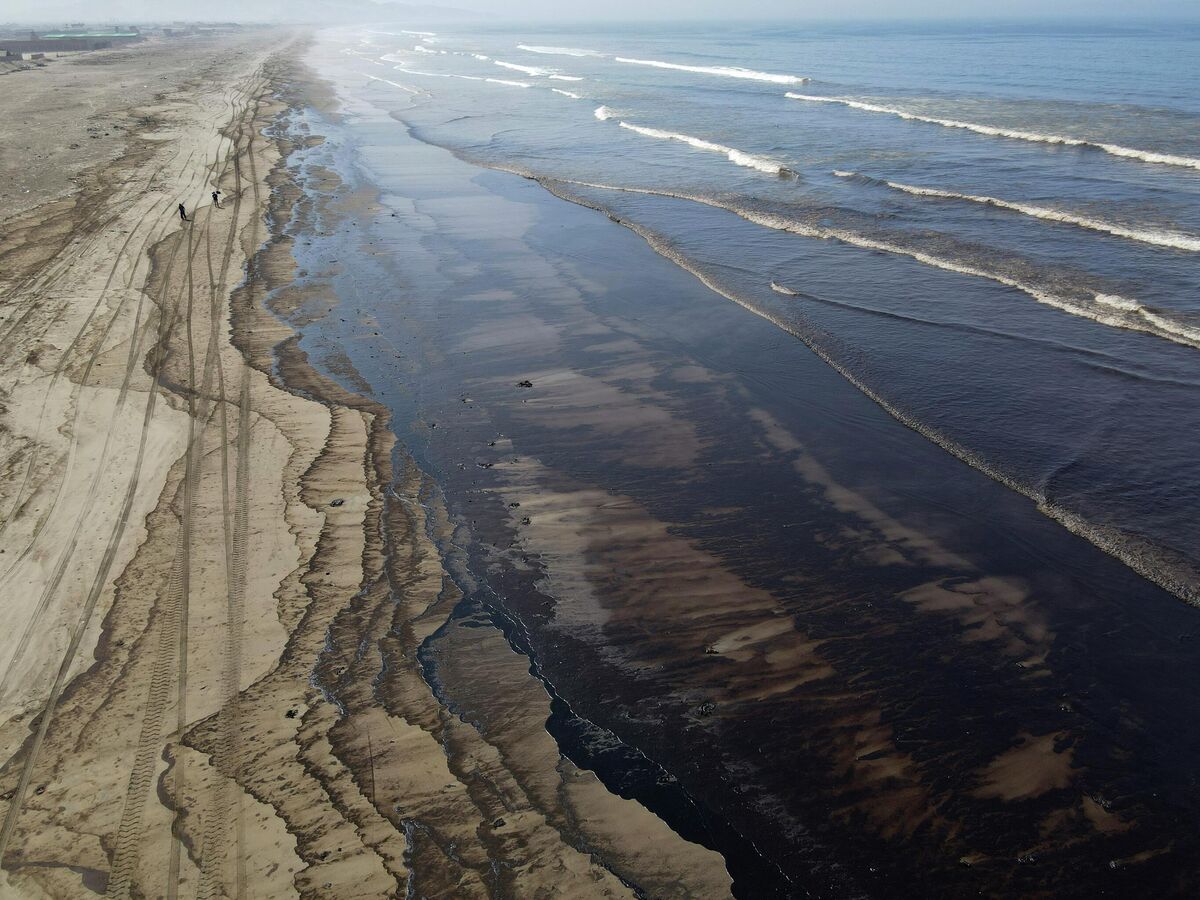For nearly three decades, oil spills and pipeline leaks have wreaked havoc in the Amazon basin and on the coast of Peru. This prompted protests against the national industry, leading it into a recession with production cuts, decreased energy investment, and the withdrawal of foreign energy companies from Peru.
Oil spills are a true environmental catastrophe for this country, where environmental protection has not been a government priority for decades. Dumping and other environmentally damaging incidents prompt indigenous communities to report damage to their ancestral lands, Matthew Smith wrote for Oilprice.com.
According to the report by Oxfam and the National Human Rights Coordinator of Peru, between 1997 and 2021 there were 1,002 oil spills in the country, 566 in the Amazon and 404 on the coast.

Considerable negative attention is drawn to the Oleoducto Norperuano (ONP) pipeline, which transports 200,000 barrels of oil a day from the Amazon to the port city of Bayóvar, and which alone has been responsible for 111 oil spills since 1997.
The last ONP oil spill, the author recalled, occurred on September 16, 2022, when some 2,500 barrels of crude were spilled into the Cuninico River. As a result, the local supply of water and food was interrupted. In addition, the region’s fishing and crops were also affected.
Such events continue to cause community mistrust and unrest in the country, including demonstrations against the oil industry, roadblocks, seizures of pipeline wells, and invasions of oil fields. For example, in response to the September 2022 spill, the Bajo Puinahua Indigenous Association for Development and Conservation mobilized to block the river.
On November 3, 2022, a boatload of tourists was detained and released the next day. Then, on November 25 of the same year, a barge traveling to Brazil with crude oil purchased from the Canadian company PetroTal, the country’s largest oil producer, was hijacked and the crew taken hostage, but released within two days.
The blockade lifted on December 14, according to Smith, had a strong impact on operations in PetroTal’s Block 95, which contains the flagship Brittany oil field. In addition, it forced her to drastically reduce production.
The region in which Block 95 is located has also long been the center of violent demonstrations against the Peruvian oil industry.
In August 2020, PetroTal was even forced to halt operations in Brittany after protesters attacked ONP pumping station number 5 and violently clashed with police near the field. As a consequence, the company could not restart Brittany until September 30, 2020, while the ONP took until December 29 to restore all its operations.
In general, in the words of the columnist, the blockades and violent protests occurred because the local indigenous communities are trying to pressure Lima to recognize the seriousness of the oil spills and declare a state of emergency.
It is claimed that in many incidents the spillage is not completely cleaned up, and the stains persist contaminating water supplies and nearby land, as well as damaging fisheries.
The dismantling of the social license for the Peruvian oil industry and the intensity of the community conflict in the Amazon caused energy companies to abandon several blocks in the area. Thus, the Canadian intermediate oil producer Frontera Energy abandoned Block 192 due to recurring community blockades, while the Chilean drilling rig GeoPark returned Block 64 to the Government of Peru.
But it’s not just the Peruvian Amazon that is affected by industry-related environmental incidents, Smith noted.
In January 2022, a pipeline used for the routine unloading of an oil tanker at the Repsol-owned La Pampilla refinery near Lima ruptured, spilling between 10,000 and 12,000 barrels of crude into the Pacific Ocean. That was called the worst coastal environmental disaster in Peru’s history, leaving a deep stain on 25 beaches and contaminating three marine reserves.
What happened further tarnished the reputation of Peru’s already troubled oil industry, sparking further community discontent and hampering its social license.
The Peruvian oil industry has a long history of oil spills and environmental degradation that often affects the poorest and most vulnerable communities in the Andean country, the author summarized.
With information from Spunik

